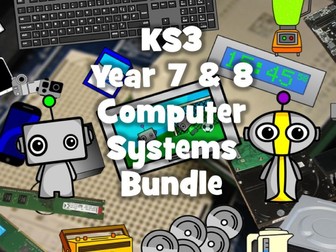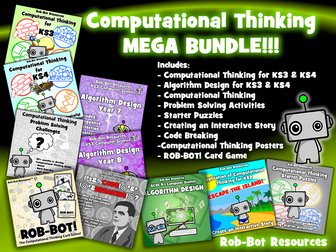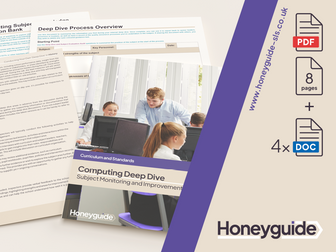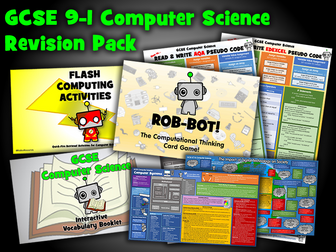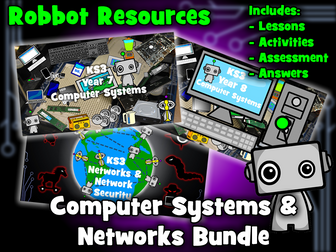Bundle Sale

Lower KS2 Computing Knowledge Organisers Bundle!
These clear, detailed and visually-appealing resources offer a complete reference point for subject leaders, teachers, parents and children covering the computing curriculum at lower KS2.
Included are organisers based on:
-Year 3: Computing Systems and Networks - Digital Devices
-Year 3: Creating Media - Animations
-Year 3: Creating Media - Desktop Publishing
-Year 3: Programming - Events and Actions in Scratch
-Year 3: Programming - Sequencing in Scratch
-Year3: Data and Information - Data Logging
-Year 4: Computing Systems and Networks - The Internet
-Year 4: Creating Media - Audio Editing
-Year 4: Creating Media - Desktop Publishing
-Year 4: Programming - Repetition in Scratch
-Year 4: Programming - Repetition in Shapes
-Year 4: Data and Information - Data Logging
The content is fully aligned with the age-related expectations for lower KS2 children in computing. The resources are designed to be printed onto A3, and are provided as both PDF and Word versions (so that you can edit if you want to).
